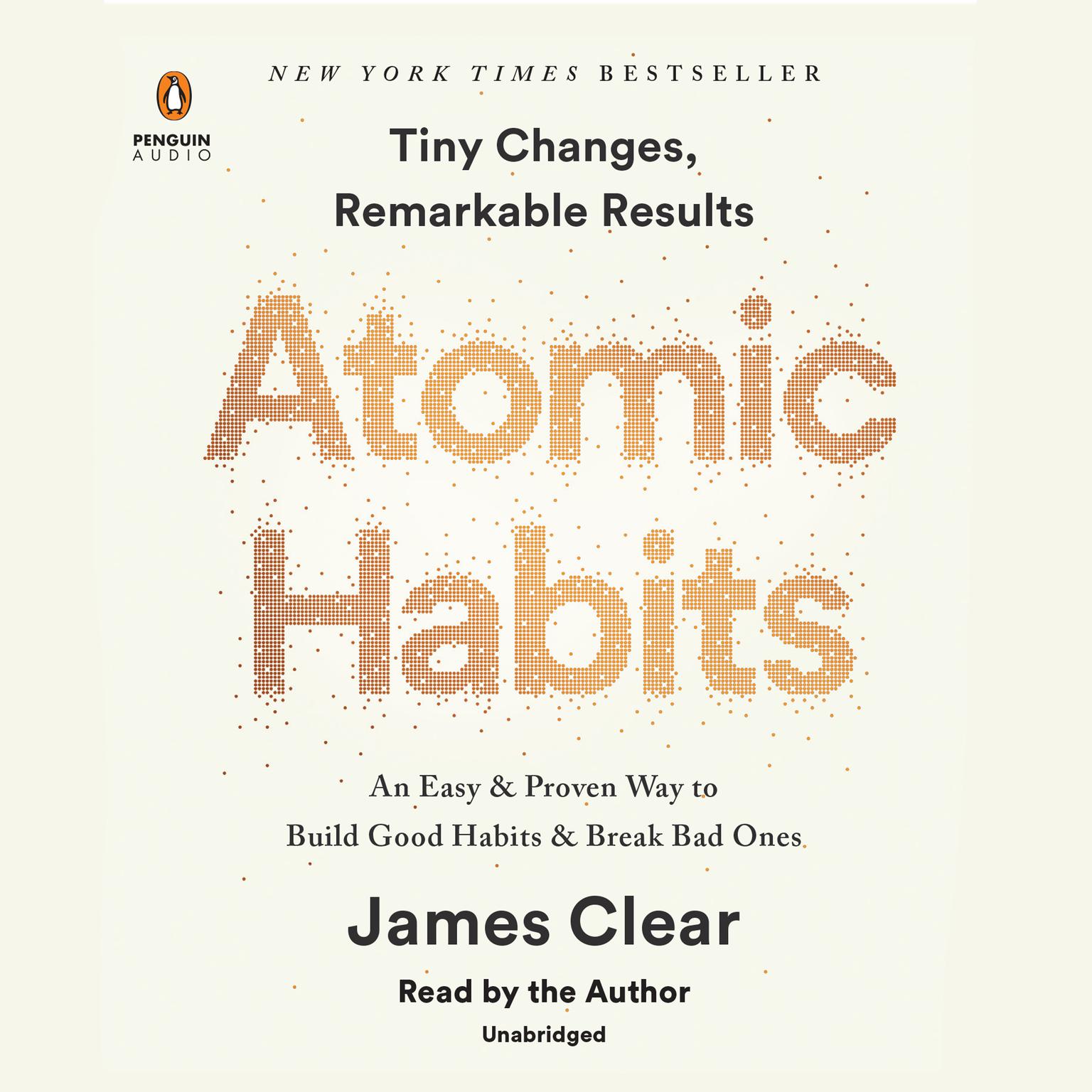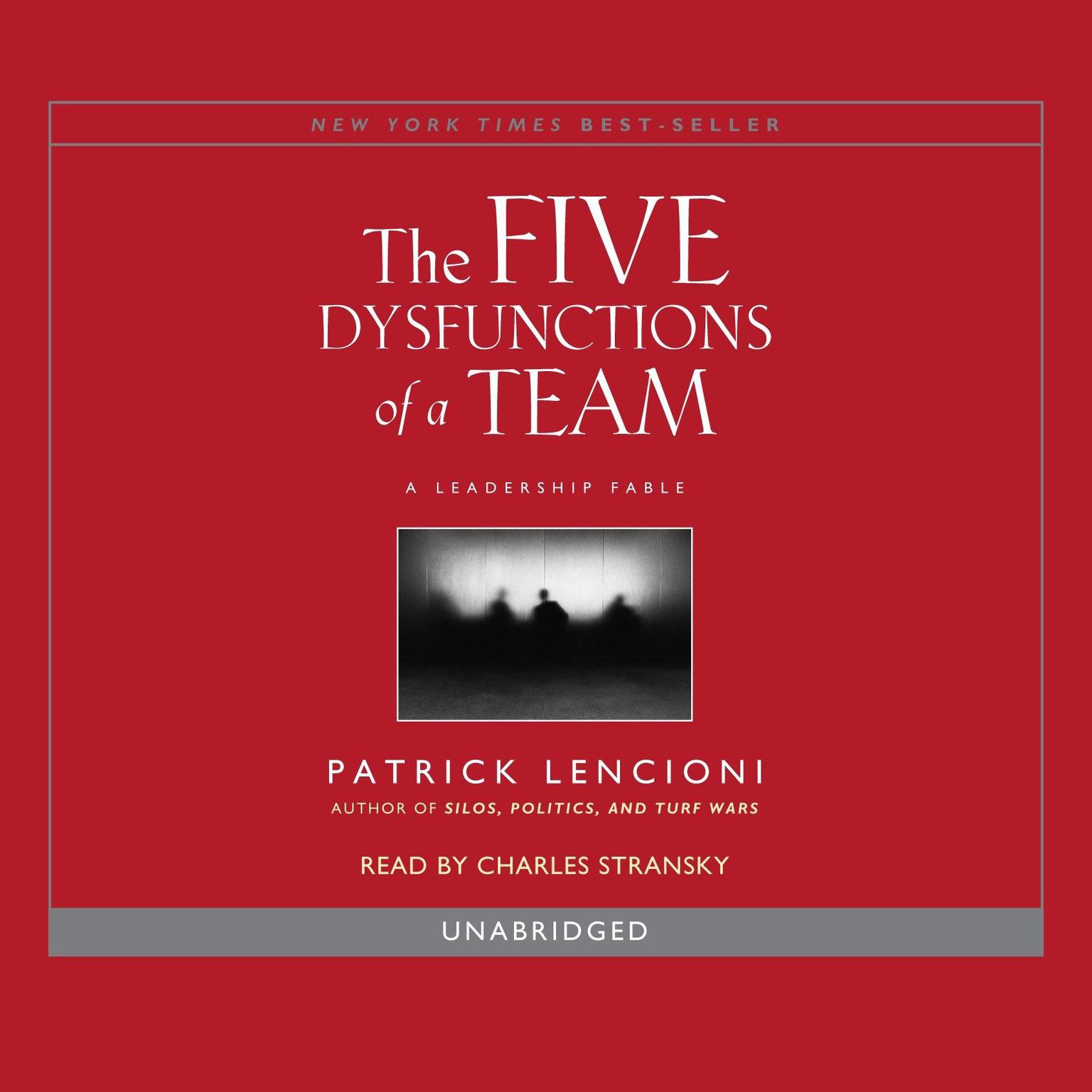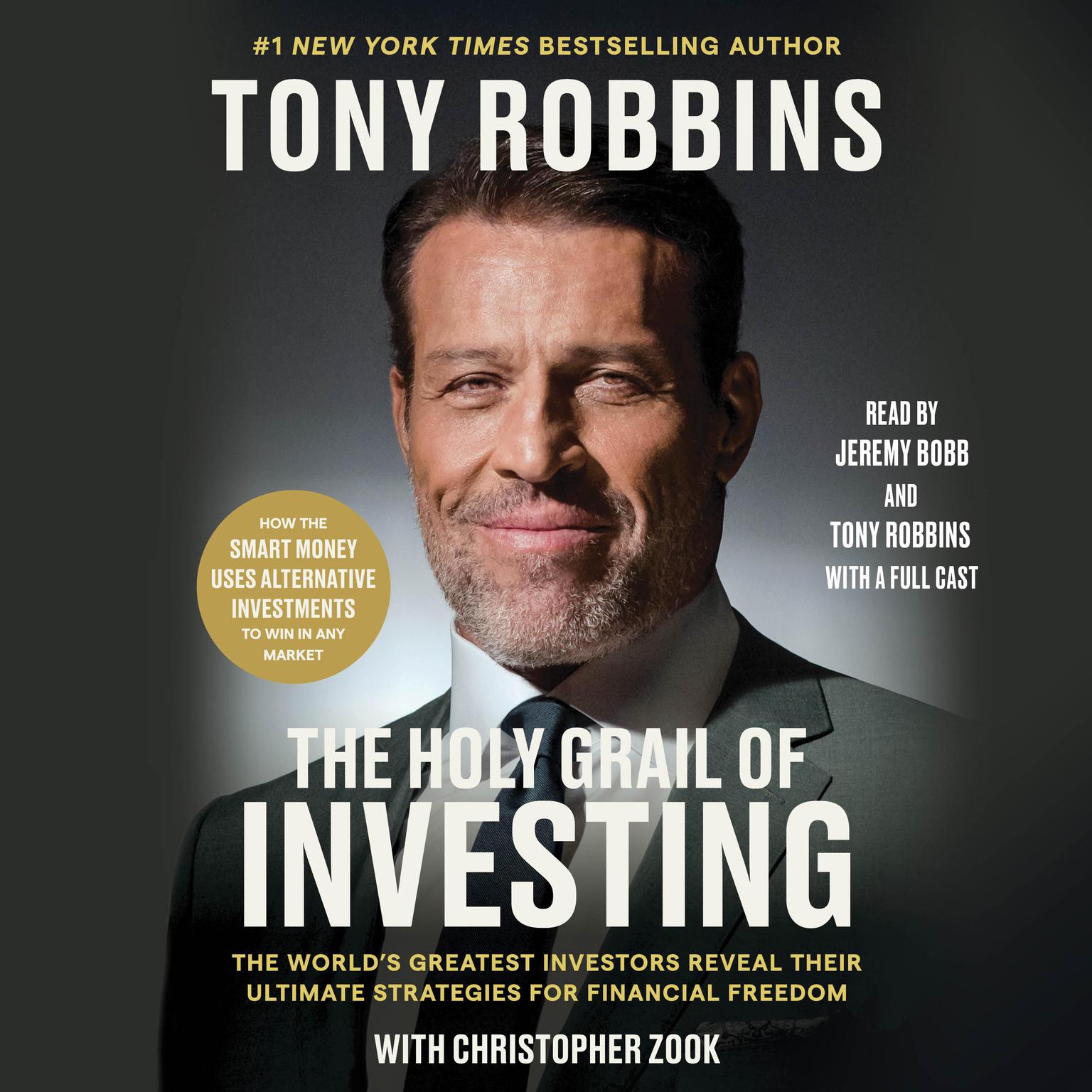Publisher Description
An insider of both the Bush and Obama administrations offers an irrefutable indictment of the mishandling of the $700 billion Troubled Asset Relief Program bailouts and the extreme degree to which our government officials—from both parties—served the interests of Wall Street at the expense of the public.
From his first day on the job as the special inspector general in charge of overseeing the distribution of the bailout money, Neil Barofsky found that the officials at the Treasury Department in charge of the bailouts were in thrall to the interests of the big banks. In vivid behind-the-scenes detail he reveals how they steadfastly failed to hold the banks accountable even as they disregarded major job losses caused by the auto bailouts and refused to help struggling homeowners. He discloses how the team at the Treasury under Secretary Timothy Geithner worked with Wall Street executives to design programs that would have funneled vast amounts of taxpayer money to their firms and allowed them to game the markets and make huge profits with almost no risk and no accountability. Providing stark details about how—through a combination of sheer incompetence and a profound disregard of the plight of homeowners—the interests of the broader public were betrayed, he recounts how an increasingly aggressive war was waged by the Treasury against his efforts to raise the alarm about the failures.
Bailout is a riveting account of his plunge into the political meat grinder of Washington, as well as a vital revelation of just how captive to Wall Street our political system is and why the too-big-to-fail banks have only become bigger and more dangerous in the wake of the crisis.
Download and start listening now!
“Neil Barofsky, Former Inspector General of TARP, has written a piercing memoir about the naked collusion between Washington and Wall Street. As IG, Barofsky’s role was to ensure that the $700 billion in bailout funds was spent properly, and to identify and prosecute any fraud discovered in its distribution. Rather than receive assistance from Treasury in his task, he recounts a shocking litany of examples in which taxpayer funds intended to provide relief to homeowners and borrowers were quietly stolen by the Department of Treasury and placed into the pockets of the very financial institutions which had caused the crisis in the first place. Prior to taking the helm as TARP IG, Barofsky was a US district attorney in New York who prosecuted narcoterrorists. His lack of interest in a pursuing a political career allowed him to focus on the job at-hand without worrying about the personal ramifications. In meeting with other inspector generals, he quickly learned just how rare this was. Barofsky recalls an early meeting with other IGs at the start of his tenure at TARP:
“…as I was walking out of the meeting, another IG commented on my most recent public fracas and said, “I wish I could do the same thing, but I’ve got kids in college. I need this job.” (p. 54)
Barofsky soon learned that the entire financial regulatory apparatus in Washington had been carefully designed to benefit the banks– the very institutions they were meant to monitor. As Neel Kashkari, assistant secretary at Treasury, warned him:
‘”The banks view you as the TARP special prosecutor. They’re terrified of you. They view their regulators differently. They know them. They trust the regulator who is on site all week with them. You are a lot different than the guy who has a beer with them every Friday night.” Unbelievable, I thought. [Kashkari] actually seemed to be arguing that the banks’ comfort with their thoroughly captured regulators was a good thing.’ (p.100)
Such comments comport with others made in recent months by other financial regulators, such as Kathryn S. Wylde, board member of the Federal Reserve Bank of New York:
‘”Wall Street is our Main Street– love ’em or hate ’em. They are important and we have to make sure we are doing everything we can to support them unless they are doing something indefensible.”‘
Barofsky outlines numerous instances in which Treasury blocked his office from reviewing documents, issuing subpoenas to wrongdoers, and threatened him with retaliation if he informed Congress of illegal uses of TARP funds. Treasury also threatened members of the press with restricted access if they ran stories critical of how TARP funds were being spent, and partnered regularly with the Obama White House to attack Barofsky’s team through unattributed Op-Ed pieces in the Washington Post. Barofsky found himself placed in the strange position of relying upon Republican senators to protect him, even though he was a Democrat who had looked forward to the incoming Obama administration. Far from merely allowing taxpayer funds to illegally flow into the pockets of Wall Street banks, Obama’s administration actively worked to steamroll the TARP IG’s office, throwing its full weight behind Secretary of Treasury Geithner, whose capture by Wall Street is documented in devastating detail.
In one passage, Geithner shrugs off the fact that HAMP– the program intended to provide homeowners temporary relief by allowing them to refinance –had failed to make a difference in the foreclosure rate. Barofsky’s office had warned Treasury early on that the program was designed to fail because it created financial incentives for mortgage services to drag the process on for underwater borrowers, collecting fees all the while, only to abandon the process and hit the homeowner with huge final bills in the end. Geither explained that despite these problems, the banks would be fine, stating: “We estimate they can handle ten million foreclosures, over time. This program will help foam the runway for them.” Barofsky reflects:
‘A lightbulb went on for me. Elizabeth [Warren, chair of the Congressional Oversight Panel] had been challenging Geithner on how the program was going to help home owners, and he had responded by citing how it would help the banks. Geither apparently looked at HAMP as an aid to the banks, keeping the full flush of foreclosures from hitting the financial system all at the same time… So HAMP would “foam the runway” by stretching out the foreclosures, giving the banks more time to absorb losses while the other parts of the bailouts juiced bank profits that could then fill the capital holes created by housing losses. HAMP was not separate from the bank bailouts; it was an essential part of them.” (p. 157)
Barofsky also explains why the much-touted Dodd-Frank bill makes the financial system more dangerous by allowing banks to grow larger while retaining smaller capital cushions. The piece of legislation which would have actually ended too-big-to-fail was the Brown-Kaufman amendment, which would have forced the biggest banks to become smaller. It was killed by Timothy Geithner and his Democratic allies on the Hill, leaving only Dodd-Frank left to contend with. Rather than seriously attempt to break up the banks, Dodd-Frank reposed tremendous discretionary powers upon– you guessed it –the Treasury Secretary in deciding whether a bank was large enough to pose a risk to the economy. Barofsky sums up: “Dodd-Frank didn’t change the postcrisis status quo of the too-big-to-fail banks; it cemented it.” (p. 220)
Barofsky artfully lays out many other examples of financial misconduct by Treasury and its allies in Congress and the White House, including the AIG bonuses, the auto industry bailout, and more. By quietly building his case with the calm, logical demeanor of a prosecutor, he has created a damning portrait of a government utterly in the pocket of the very banks it was meant to regulate. While the political parties lob social issues over the net at each other, cheered on by their respective fanbases, few observe the reality: there is only one political party, and its sole client is Wall Street.”
—
Sagar (4 out of 5 stars)










